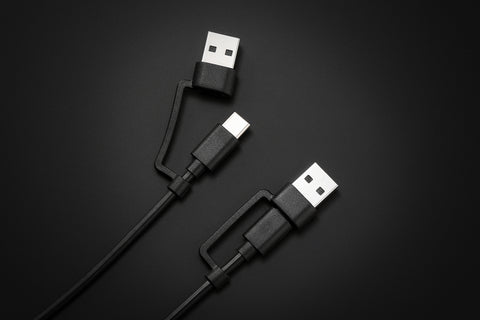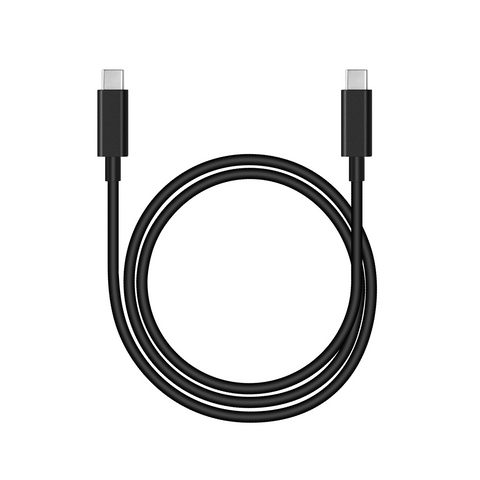December 28, 2023
when considering a mouse's polling rate, it is crucial to understand that a higher polling rate generally results in more responsive and precise cursor movements. For gaming purposes, a polling rate between 500Hz and 1000Hz is commonly preferred to ensure swift and accurate responses to user input. However, individual preferences and specific gaming scenarios may influence the optimal polling rate.
September 27, 2023
In recent years, the 60% keyboard has emerged as a standout choice among keyboard enthusiasts and users seeking a compact yet powerful typing experience. This review delves into the world of 60% keyboards, offering insights into their design, functionality, and the reasons behind their surging popularity.
November 05, 2023
In today's digital age, the keyboard has become an essential tool for most people. Whether you're a gamer, a programmer, or simply someone who spends a lot of time typing, a mechanical keyboard can greatly enhance your typing experience. But with the plethora of options available, how do you choose the right one for your needs? In this comprehensive guide, we'll walk you through the key factors to consider when shopping for a mechanical keyboard.
September 21, 2023
This article explores the exciting phenomenon of customizing mechanical keyboards, delving into the world of keycaps and their profound significance in enhancing the typing experience. From the basics of what keycaps are to the various materials, profiles, and customization options available, we'll take you on a journey through the fascinating realm of keyboard customization.
November 04, 2021
This is a wired 60 mechanical gaming keyboard for anyone that is a gamer on a budget. It has RGB LEDs, red mechanical switches, and the switches are dusk hot-swappable. All of this for just slightly over$ 30. At under $40, This keeb is well on its way to being the stylish mechanical gaming keyboard.

























